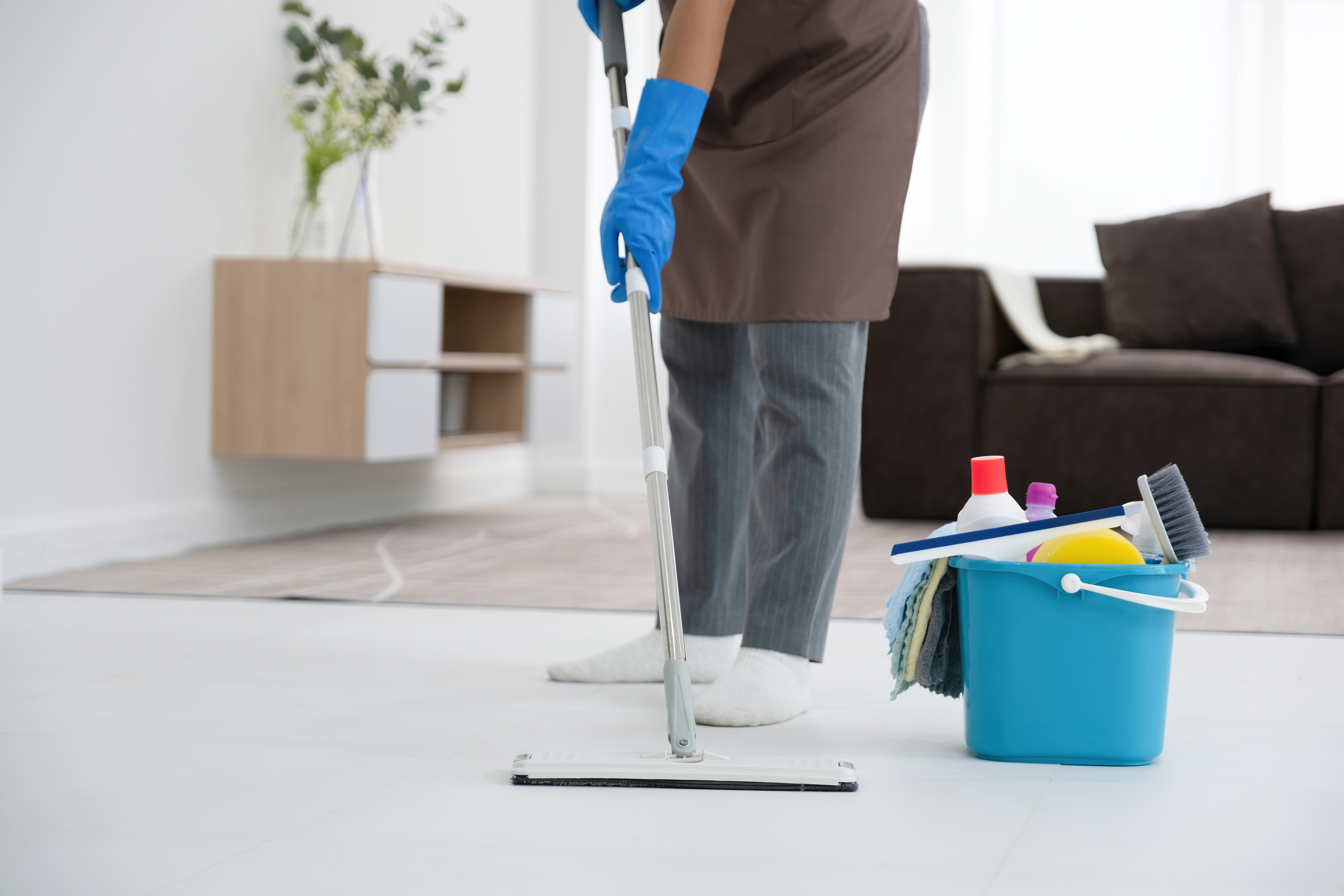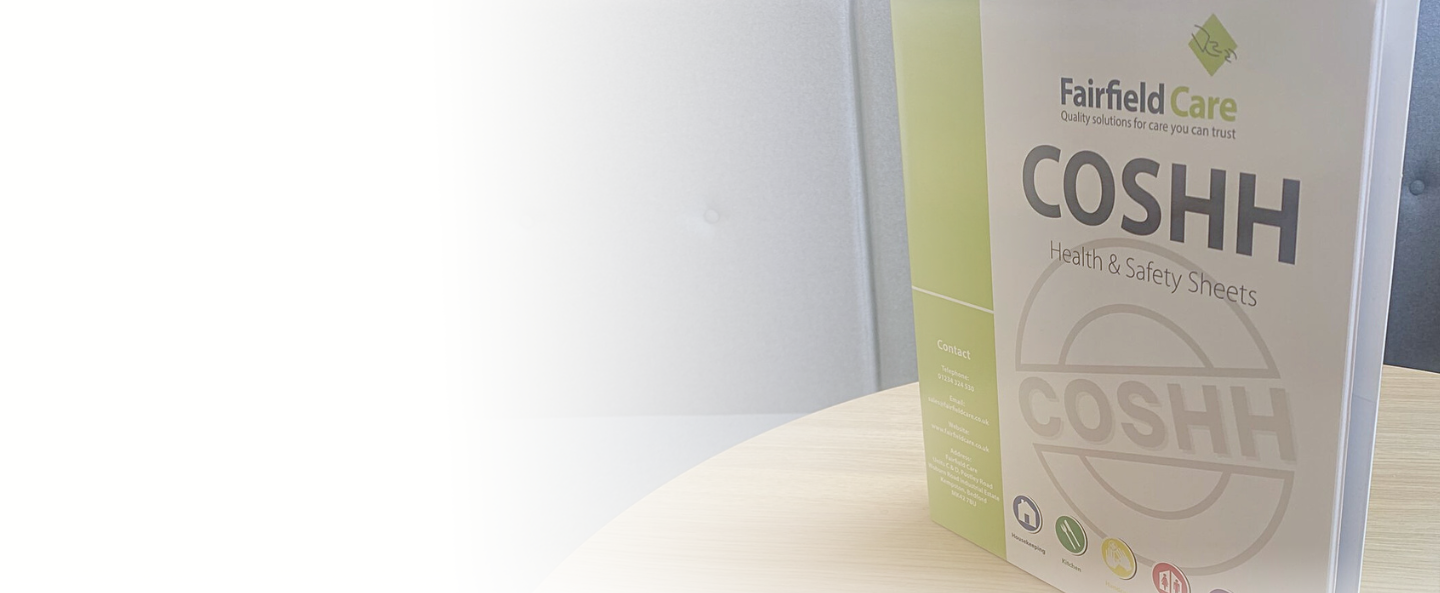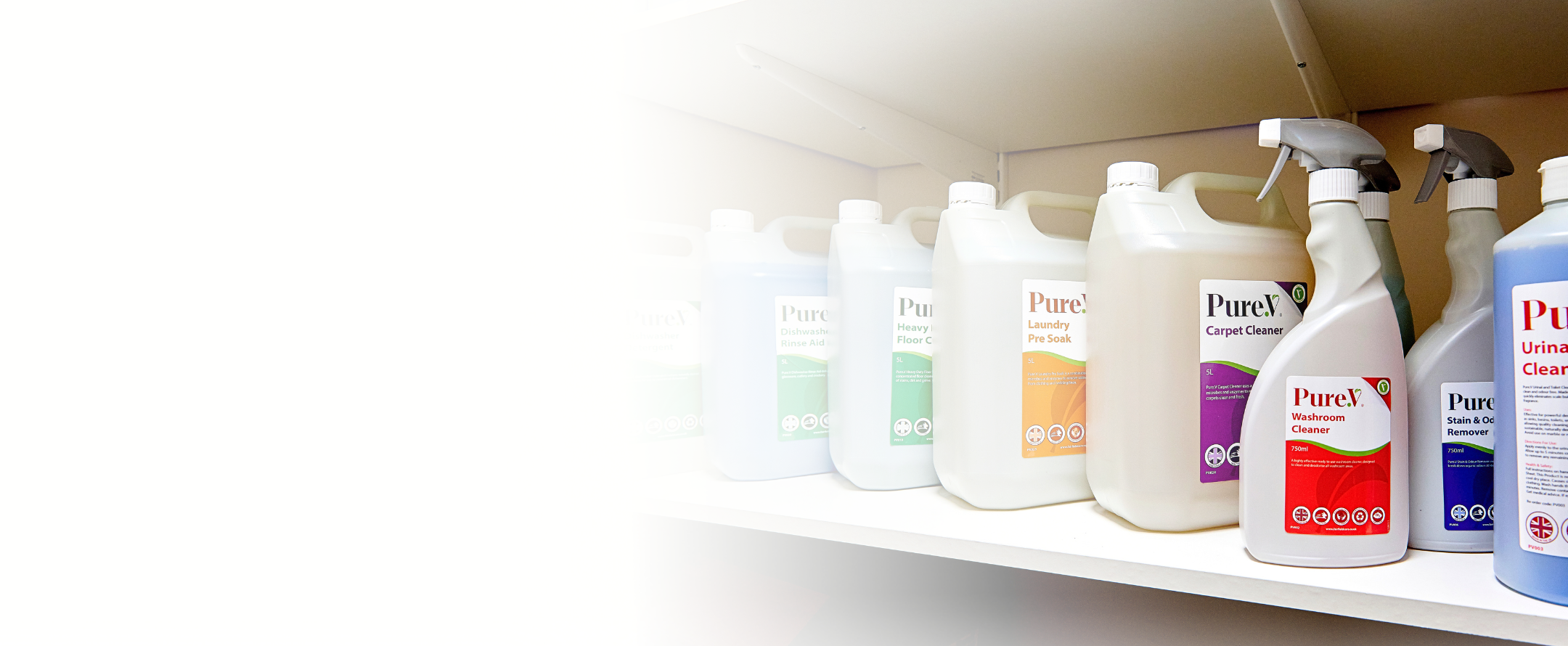Maintaining hygiene in care homes is essential for ensuring the well-being of residents and staff. In environments where individuals are particularly vulnerable, every hygiene practice matters. Effective strategies can prevent the spread of infections and germs in care homes and improve the overall quality of life for residents. By implementing the right protocols, care homes can safeguard against potential outbreaks and promote a healthier living space.
Key takeaways
-
The importance of infection prevention in care homes
-
Risks associated with inadequate hygiene practices
-
Implementing structured cleaning and disinfection routines
-
Emphasising the use of personal protective equipment (PPE)
-
Promoting stringent hand hygiene practices
Importance of infection prevention in care homes
Preventing infections in care homes is not just about avoiding sickness; it's about safeguarding lives. Residents in these settings often have compromised immune systems, making them particularly susceptible to illnesses. Thus, infection prevention becomes a cornerstone of their care.
Understanding the Impact of Infections in Care Home Settings
Infections in care homes can lead to severe health complications for residents who are often frail and have multiple health conditions. The impact is not just on individual health, but it can also lead to increased healthcare needs and extended recovery periods.
In the care home environment, infections can bring about stricter regulations. The Care Quality Commission may impose more frequent inspections and tighter controls following an outbreak, which can strain resources. Effective infection prevention, however, improves residents' quality of life, reduces the incidence of illnesses, and can significantly enhance the care home's reputation.
Risks associated with poor hygiene practices
Poor hygiene practices can rapidly spread harmful germs throughout a care home. This poses a grave risk to both residents and staff, leading to increased absenteeism due to illness. The financial impact is also considerable, as healthcare costs skyrocket to manage and treat infections.
Legal liabilities might arise from neglecting proper hygiene standards. Care homes must, therefore, adopt robust hygiene and infection control measures to prevent the spread of diseases and avoid potential lawsuits.
Implementing effective hygiene practices
Adopting effective hygiene practices is fundamental to infection prevention. A structured approach ensures high standards and protects everyone within the care home.
Establishing routine cleaning and disinfection procedures
Routine cleaning and disinfection are crucial. Care homes should adhere to regular cleaning schedules, focusing extensively on high-touch surfaces like door handles, railings, and communal areas. These surfaces should be disinfected multiple times a day using approved and effective disinfectants.
Documentation is key to maintaining accountability. Keeping records of cleaning activities helps manage and track hygiene efforts, ensuring nothing falls through the cracks. Utilising a cleaning control manual can systematise these efforts and help maintain consistency across the board.
Providing personal protective equipment (PPE) for carers
Personal Protective Equipment (PPE) is vital for safeguarding staff and residents. Staff should have access to adequate supplies of gloves, masks, and gowns. Proper usage of PPE should be demonstrated during training sessions and enforced during daily operations.
PPE stock levels must be monitored closely and replenished promptly to avoid shortages. Additionally, waste disposal practices should strictly comply with health regulations, ensuring that contaminated materials are handled safely and effectively.
Promoting hand hygiene among residents and care home staff
One of the simplest yet most effective hygiene practices is thorough hand washing. Hand wash stations and hand sanitisers should be strategically placed around the care home, ensuring easy access for everyone. Teaching effective hand hygiene techniques, such as the recommended moments for hand hygiene, instills good practices in both residents and staff.
Regular reminders about hand hygiene can be communicated through verbal prompts and visual aids, reinforcing the importance of this simple action to prevent infections. Incorporating respiratory and cough hygiene into these reminders adds another layer of protection.
Guidelines for preventing and controlling infections
Staying compliant with health and safety regulations is non-negotiable when it comes to infection control in care homes. Adhering to guidelines and implementing best practices are crucial for maintaining a safe environment.
Following health and safety regulations in care homes
Compliance with the latest health guidelines is essential to prevent infections. Welcoming health inspections and facilitating them can help identify areas needing improvement. Policies should be regularly reviewed and updated to reflect the newest standards and practices.
Staff must be kept informed about any regulatory changes promptly to ensure that everyone is on the same page. This proactive approach helps create a safe and compliant care environment.
Monitoring and reporting symptoms of infections
Early detection is critical in preventing outbreaks. Conducting daily health checks for both residents and staff can catch symptoms early before they escalate. Symptomatic individuals should be reported immediately to prevent further transmission.
Accurate record-keeping of health data aids in tracking trends and identifying potential outbreaks early. This systematic approach to monitoring can significantly reduce the risk of widespread infection.
Conducting regular inspections for hygiene compliance
Hygiene compliance inspections should be frequent and thorough. Any non-compliance issues must be addressed promptly to mitigate the risk of infections.
Feedback from inspections should be actively used to improve practices. Involving staff in creating action plans ensures that everyone is invested in maintaining high hygiene standards.
Training staff for infection control in care homes
Education and training are the backbones of effective infection control. Properly trained staff are better equipped to handle and prevent infections.
Educating carers on infection prevention protocols
Staff training programmes should cover all aspects of infection prevention, including the use of personal protective equipment, proper cleaning techniques, and symptom monitoring. Visual and interactive tools can enhance learning and ensure that the information is retained.
Encourage staff to ask questions and seek clarifications during training sessions. Documenting these sessions ensures accountability and provides a reference for future training needs.
Conducting drills for emergency scenarios
Simulation exercises are invaluable for preparing staff for real-life infection outbreaks. These exercises help identify weaknesses in the response plan and highlight areas needing improvement.
Regularly scheduled drills keep staff skills sharp and help embed protocols into routine practice. Analysing feedback from these exercises allows for continuous improvement of infection response strategies.
Providing ongoing training for updated guidelines
The world of healthcare is always evolving, and so are infection prevention guidelines. Continuous education ensures that staff remain informed about the latest best practices. Online modules can offer flexible learning options, enabling staff to stay updated without disrupting their schedules.
Encourage self-study and professional development to enhance skills and knowledge. This commitment to ongoing learning helps maintain a high standard of infection control.
Handling outbreaks in care home settings
Despite the best efforts, outbreaks can still occur. Having a solid response plan is critical to managing these situations effectively.
Developing an outbreak response plan
An outbreak response plan should outline clear steps to follow in the event of an infection. Staff roles and responsibilities need to be well-defined, and emergency contact lists should be updated and easily accessible.
Regular reviews and updates of the response plan ensure its relevance and effectiveness. This preparedness can make a significant difference in controlling and reducing the impact of an outbreak.
Isolating infected individuals and implementing quarantine measures
Quick isolation of infected residents is crucial to prevent the spread of infection. Establishing and maintaining quarantine areas helps contain the outbreak and protects other residents.
Clear communication about quarantine processes is essential to avoid confusion and ensure that everyone understands the procedures in place. Providing care for isolated individuals in a safe manner remains a top priority.
Collaborating with Public Health Agencies for support
Public health agencies offer invaluable guidance and resources during an outbreak. Collaboration ensures a coordinated response, enhancing overall infection control efforts.
Regular communication with public health officials keeps all parties informed and prepared. Leveraging public health advice helps to fine-tune strategies and improve outcomes.
Using the right cleaning chemicals and equipment
Choosing the right cleaning chemicals is crucial for effective germ-killing. These chemicals must be COSHH-compliant, ensuring they meet safety standards. Regular maintenance and validation of cleaning equipment prevent failures and ensure continued efficacy.
Training staff on chemical safety is vital for proper usage and handling. Re-evaluating cleaning protocols routinely ensures they remain effective against emerging bacteria or viruses.
By focusing on these strategies, care home staff can effectively minimise the spread of germs and maintain a safe and healthy environment for residents
.png)




